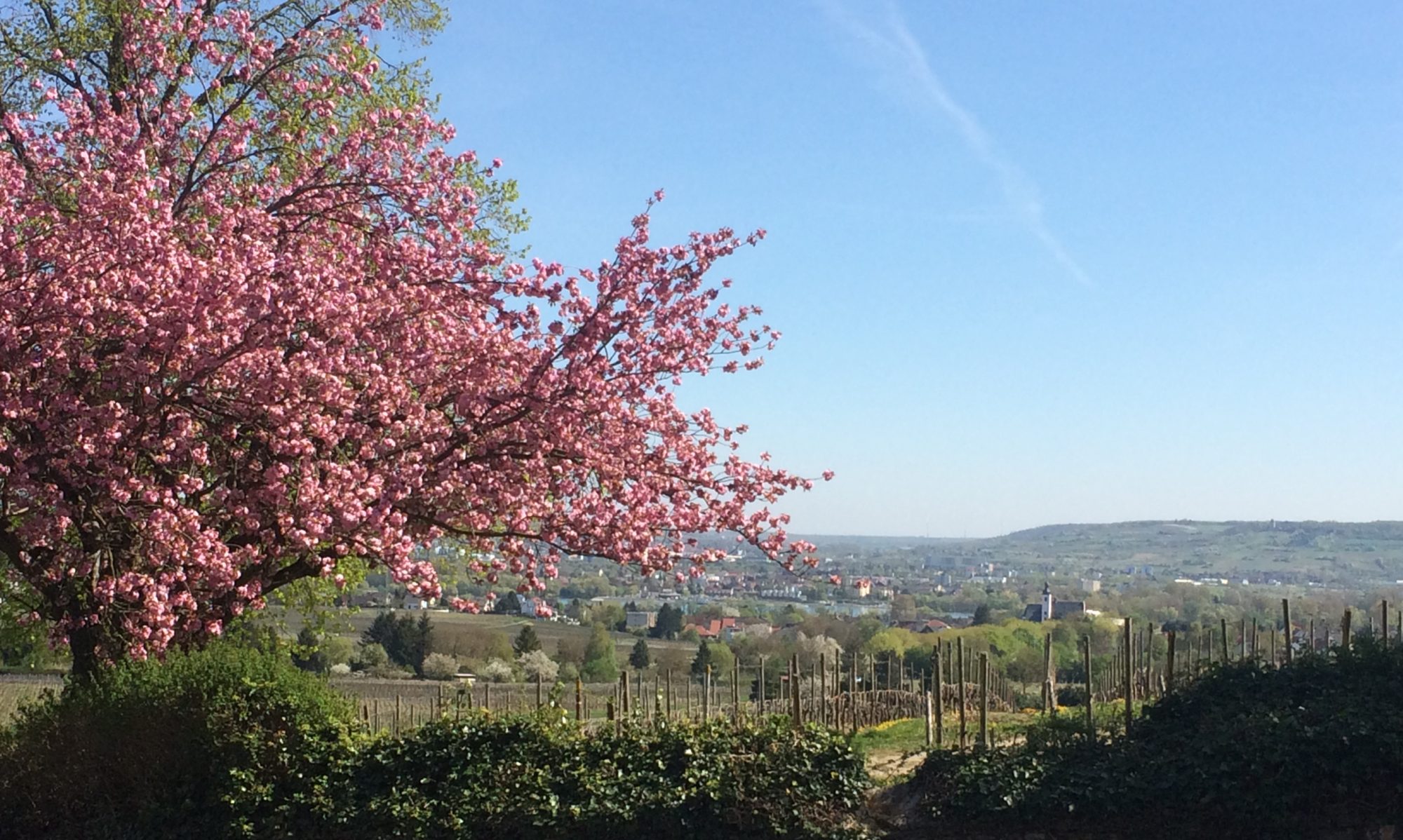What is Trachten?
‘Trachten’ is a traditional fashion style, popularly known as ‘Dirndl’ (women’s dresses) and ‘Lederhosen’ (men’s leather pants). The best known Trachten comes from Bavaria and is associated with Oktoberfest. What most people don’t know, however, is that there are many forms of Trachten that historically vary by geographic region, social status and occasion.
Trachten began in the 15th Century
Traditional Trachten dress dates back to the 15th Century. It developed out of the clothing worn by farmers and their wives in rural agricultural areas and was a special form of fashion used to express regional, religious and social status. Different styles of Trachten were worn according to circumstances (mourning, festive, everyday), to express wealth, professional occupation or personal status.
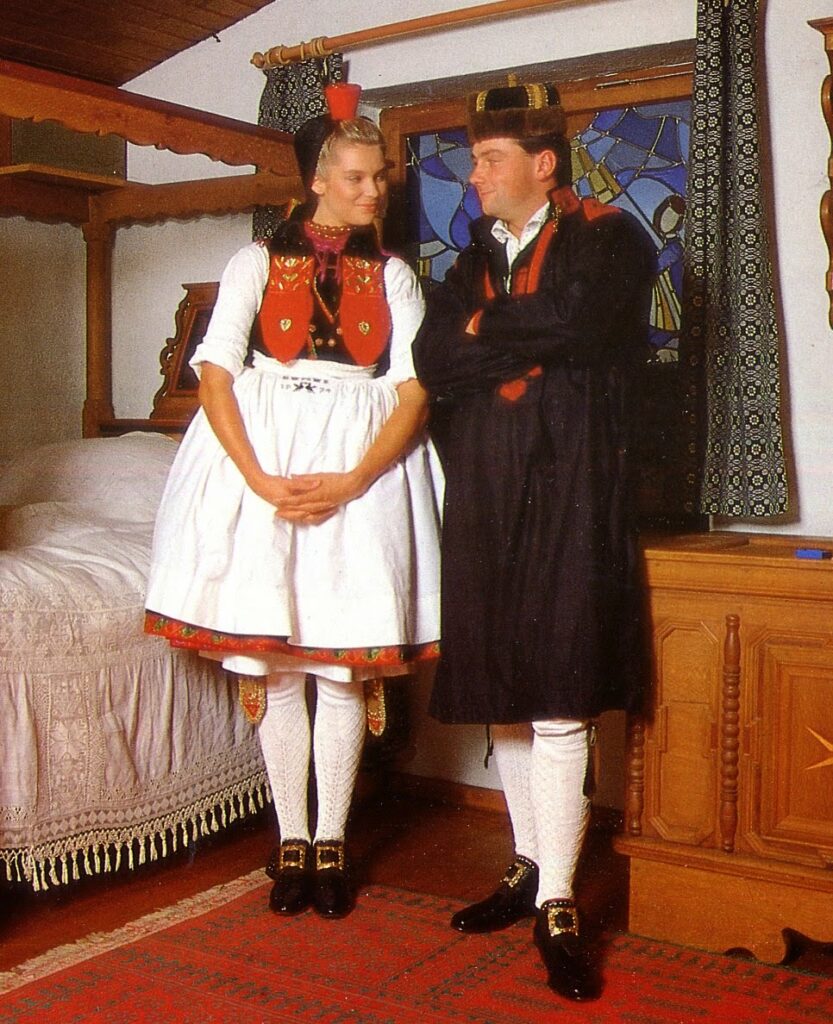
Trachten from Northern Hesse (Source: folk costume.blogspot.com)
Regional Trachten
Regional Trachten differed greatly. For instance, in Hessen (Hesse in English), women wore black Trachten with colorful appliqué. The Huguenots in the area wore Trachten that was even more colorful, based on their special trade privileges (wissen.de). In Northern Germany, the women wore Trachten dominated by black and white contrasts, flowers and natural tones. In Bavaria, women wore Dirndl dresses, velour hats and fringed scarves. Men wore leather trousers, vests, ‘Janker’ jackets and stockings. In Brandenburg, by contrast, women wore a simple red wool skirt with a white apron, black bodice and white ruffle collar. In some areas of Germany, Trachten was meant to express extreme magnificence: In the Schwälmer-Eder area, women wore up to fifteen petticoats on top of each other! (wissen.de)
Trachten also traditionally delineated class differences: civil servants wore ‘Amtstracht’; normal workers wore ‘Berufstracht’; guild-member craftsmen wore ‘Zunfttracht’.
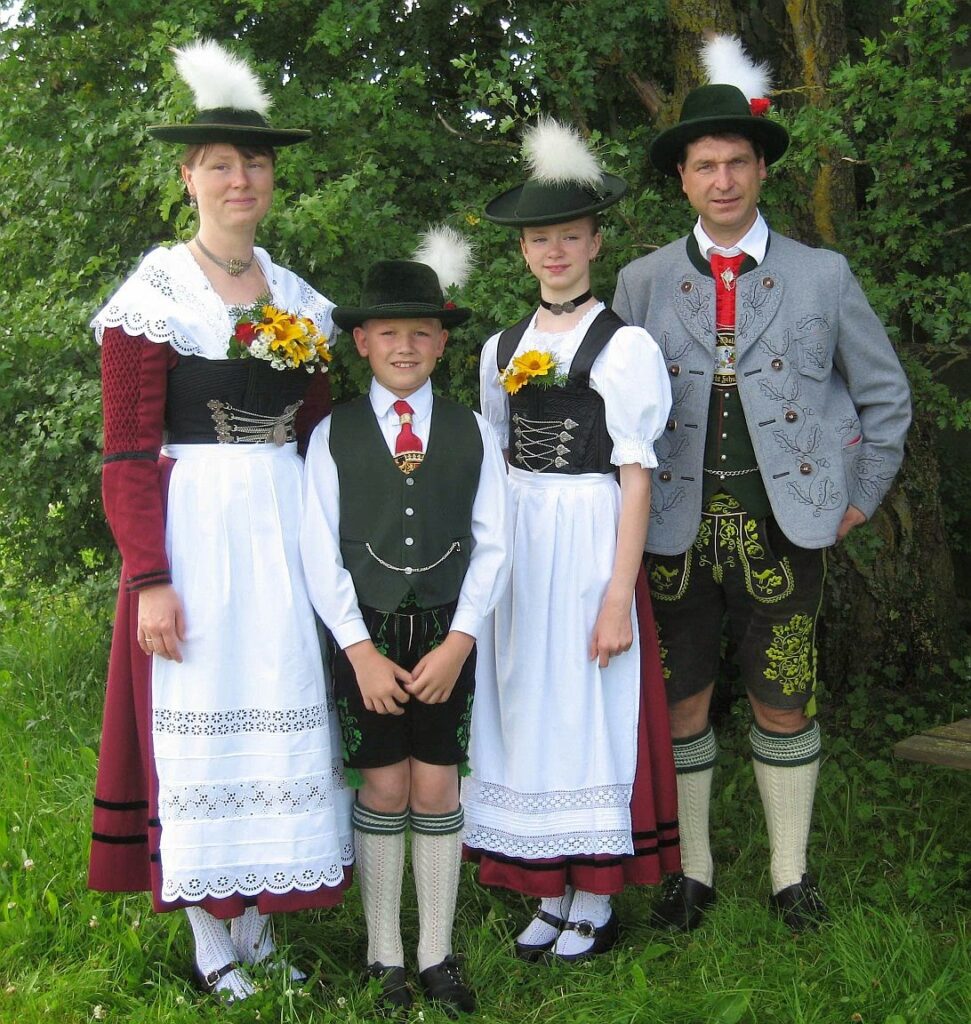
Traditional Trachten Upper Bavaria (Source: folkscostume.blogspot.com)
German Identity Through Trachten Dress
The idea of Trachten as form of national ‘Volkstracht’ (national dress) dates back to the end of the 18th and early 19th centuries. König Ludwig’s wedding ceremony to Princess Therese in 1810 included children in different Trachten outfits representing different parts of Bavaria. By the second half of the 19th century, Trachten enthusiast groups had formed around the country to preserve and maintain Trachten traditions in lieu of the increasing migration of countryside residents to the industrialized cities. Trachten became a symbol for the idealized romantic country lifestyle. The Dirndl, originally a simple Alpine dress style, was reconfigured as a practical clothing style for city women.
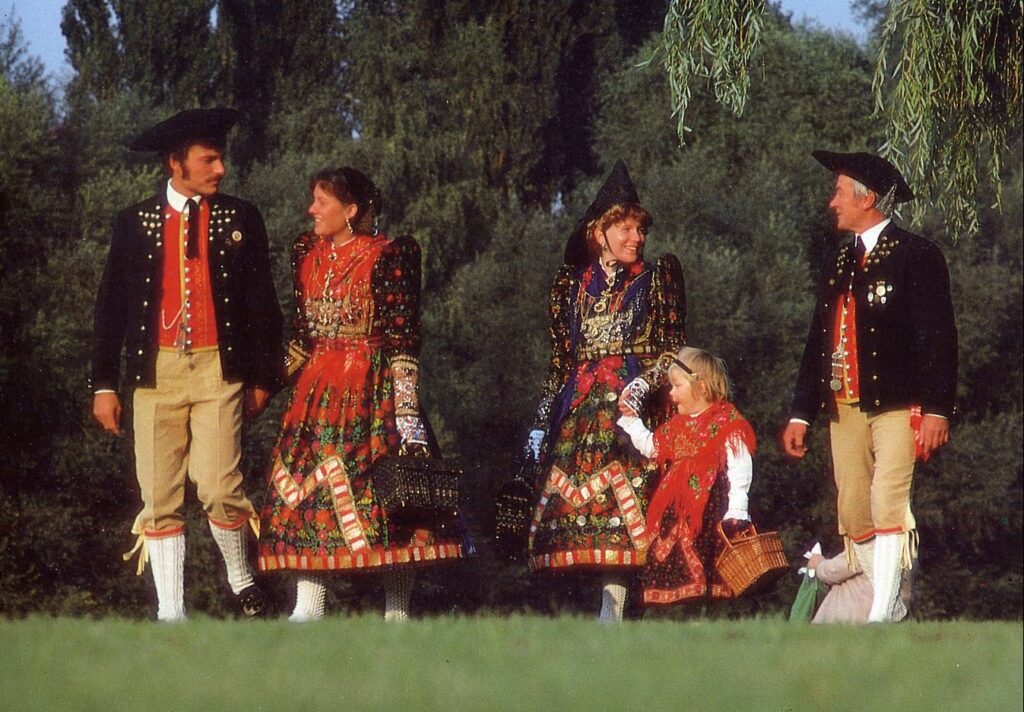
Lower Franconia Trachten (Source: folks costume.blogspot.com)
In the 1930’s, Hilter latched on to the idea of Trachten as a form of Arian identity and prohibited Jews from wearing the traditional dress. Through the National Socialists, Trachten became politically loaded as a symbol in propagating Arian identity.
Trachten Today
The Sound of Music was helpful in reestablishing a positive connotation for Trachten around the world in the early 1960’s. The film elevated Trachten to its original positive reputation as a romantic form of traditional dress.
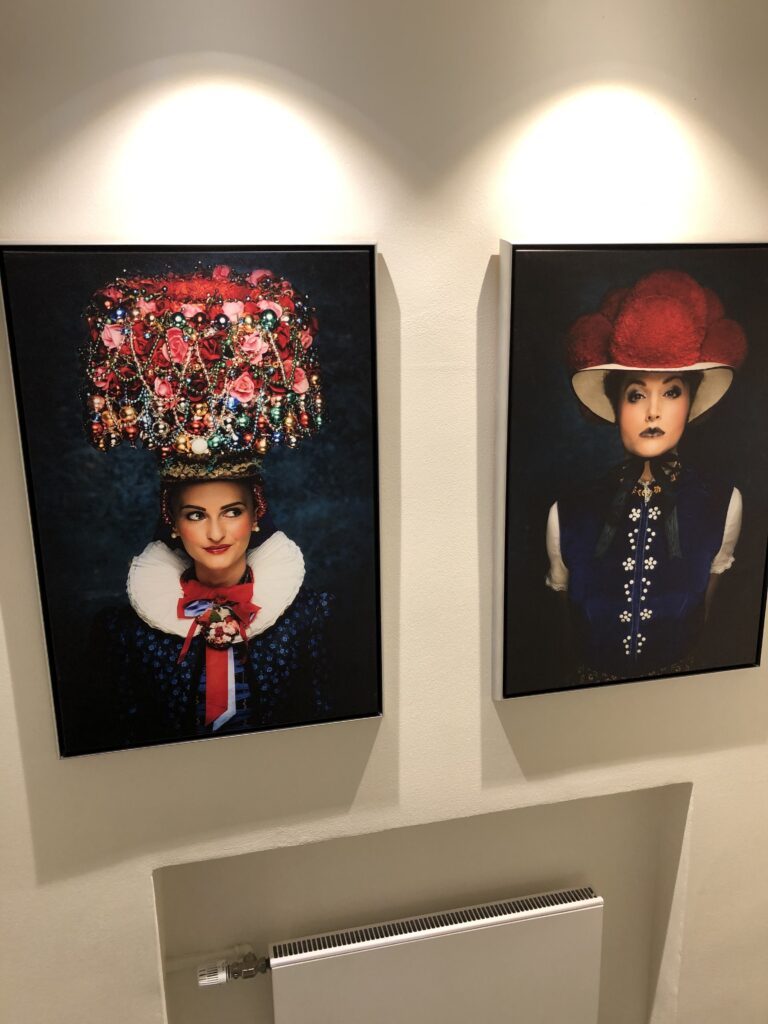
A modern Interpretation of Trachten from the Black Forest (personal photo)
Mainly worn in Bavaria, Trachten is fashionable in other parts of the country only on special occasions or to celebrate Oktoberfest. However certain aspects of Trachten have become indispensable to the modern German ‘look,’ whether worn with jeans or as a substitute for a men’s suit. Almost every German city offers some form of Trachten shop, and the fashion is popular with Germans and tourists from around the world.
Sources:
